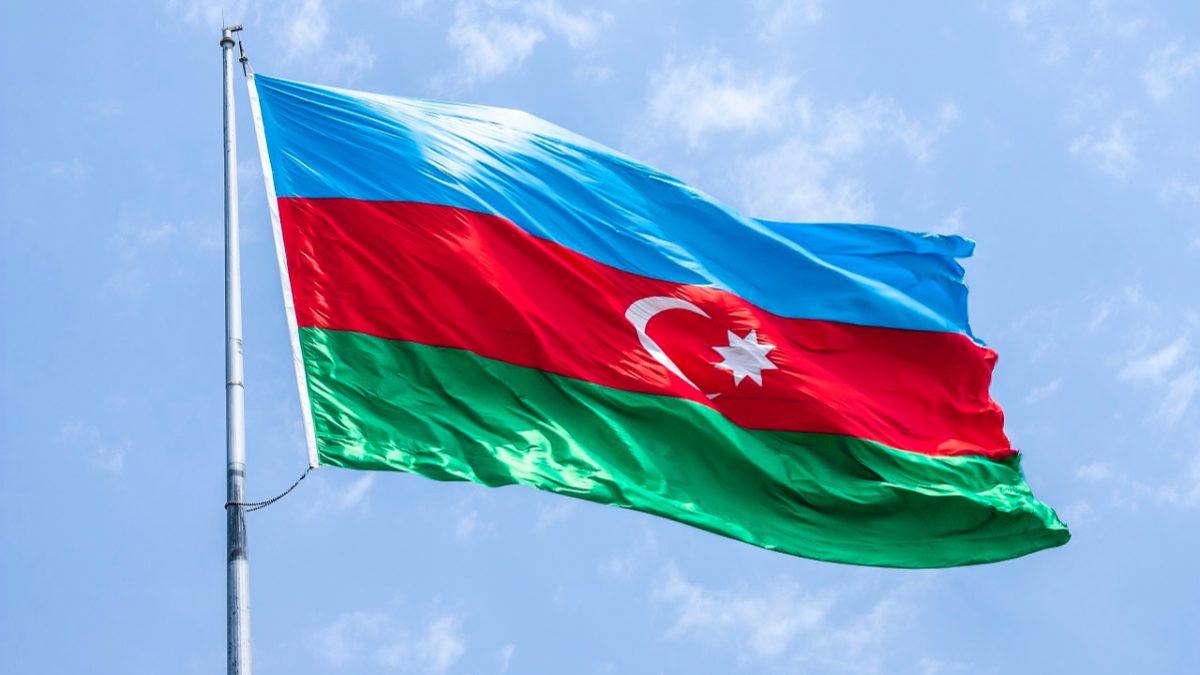Potatoes were introduced to Azerbaijan in the late 18th century during the rule of the Qajar dynasty, which controlled the territory that includes modern-day Iran, Azerbaijan, and parts of Central Asia. The first potatoes were brought to the region by the Russian army, which used Azerbaijan as a base during their war with Persia.
Initially, potato cultivation in Azerbaijan was limited to small-scale farming, and it was not until the early 20th century that large-scale cultivation began. In the early years of the 20th century, Azerbaijan became a major supplier of potatoes to the Russian Empire, with large quantities of the crop being exported to St. Petersburg and Moscow.
During the Soviet period, which began in the 1920s, potato cultivation in Azerbaijan was heavily promoted by the government. Large state-owned farms were established, and modern farming methods and equipment were introduced to increase production. The potato became one of the main crops grown in the region, with significant quantities being exported to other parts of the Soviet Union.
After Azerbaijan gained independence from the Soviet Union in 1991, potato cultivation continued to be an important part of the country’s agricultural sector. However, the collapse of the Soviet system led to a decline in production, as state support for agriculture was reduced and farmers struggled to adapt to the new economic conditions.
Today, potato cultivation in Azerbaijan is still an important part of the country’s economy, with the crop being grown in many regions and used in a variety of traditional dishes. However, challenges such as land degradation, water scarcity, and the use of outdated farming methods continue to limit the potential for growth in the sector.

